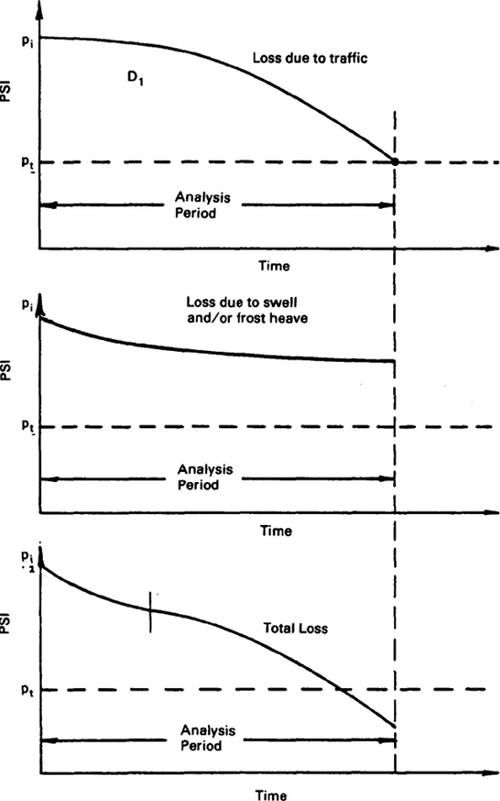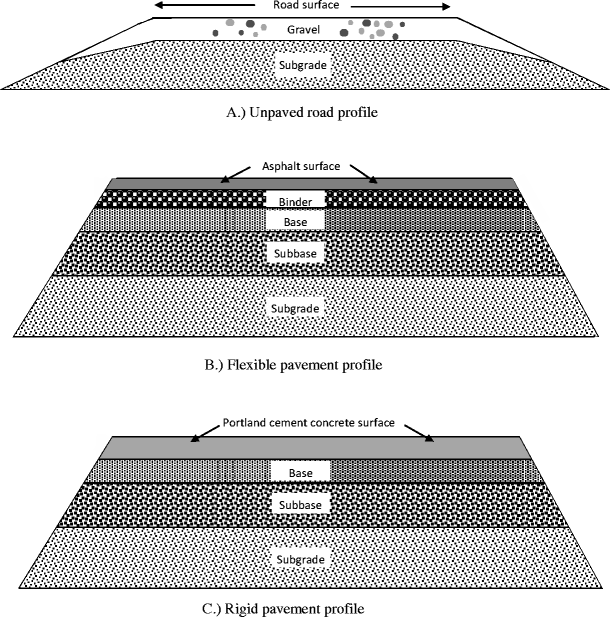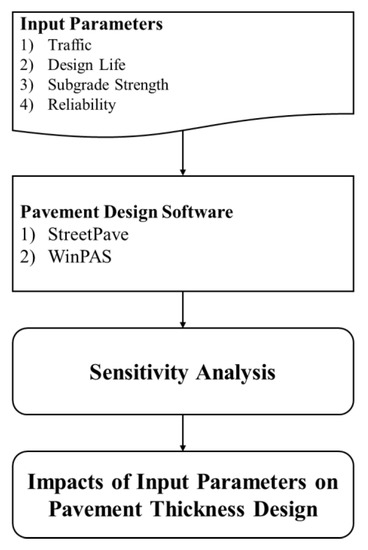
Pavement life is predicted using materials performance relationships that relate the strains generated within pavement layers and the subgrade to the actual measured performance of full-scale pavements under full-scale loading. Road and airfield flexible pavement design methods are similar in that load-induced strains are estimated using layered elastic methods. 24th ARRB Conference, Melbourne, Australia. Advanced Design of Flexible Aircraft Pavements. Information provided by Tensar International ( a full-service provider of specialty products and engineering services based on advanced soil stabilization and reinforcement technologies that offer cost-effective alternatives to traditional construction methods.Wardle, L. With the advancement of geogrid stabilization products, owners are saving time and money in the management of infrastructure assets - and engineers are building better roadways. Army Corps of Engineers, and multiple universities have proven the benefits of geosynthetic materials in improving pavement structures and prolonging pavement life.Īcross the country, engineers are implementing enhanced design to create flexible pavement systems with less materials, lower construction costs, expedited schedules, and longer lifespans. In cases where budgets are severely constrained, engineers have used these benefits to reduce overall pavement thickness - including the asphalt, aggregate base, and granular subbase - by as much as 50 percent while maintaining traffic capacity.ĭuring 25 years of research, studies by the Federal Highway Administration, American Association of State Highway and Transportation Officials, the U.S. When used in a mechanically stabilized layer of flexible pavement, these materials deliver an improved level of performance - extending pavement life by as much as 500 percent. TriAx Geogrid is used in the granular subbase and aggregate base layers to provide stiffness enhancement and prevent lateral displacement, which maintains the pavement’s structural capacity. Geosynthetic materials such as Tensar’s TriAx Geogrid are solving owner problems by creating mechanically stabilized pavement structures with improved ability to carry traffic loads, increasing pavement life. State-of-the-art geosynthetics help build more robust pavement sections by using aggregate base and subbase materials more efficiently. Engineers tailor design parameters for specific site conditions and projected traffic capacities relative to material availability, project budget, and life cycle costs to deliver improved outcomes for their clients. To accommodate increasing traffic loads without incurring distress to the pavement structure over time, engineers are implementing enhanced design to build better roads from the ground up - with the help of geosynthetic materials.Įnhanced design incorporates materials and a design approach that meet current and projected traffic capacity in the most cost-effective and reliable method possible. To quote the National Association of County Engineers, “Roads wear out from the top down, but they fall apart from the bottom up.”īut advanced engineering technology can bridge the gap between conventional practice and improved pavement performance.

And once the underlying structure of pavements starts to deteriorate, no maintenance budget is sufficient to keep up.

Increasing costs for asphalt and crushed aggregate make it prohibitively expensive to build pavements strong enough to carry the extreme loads that are now required.

Unfortunately, it’s no longer enough to simply specify a standard pavement section or perform a basic design. Why don’t pavements hold up like they used to? With growing urban populations, increasing truck traffic, volatile materials costs and mounting pressure from owners to deliver better roadways quicker and cheaper, engineers are scratching their heads. Geosynthetic materials protect pavement integrity and extend pavement life. Tensar’s TriAx Geogrid is used in the granular subbase and aggregate base layers to provide stiffness enhancement and prevent lateral displacement, which maintains the pavement’s structural capacity.


 0 kommentar(er)
0 kommentar(er)
